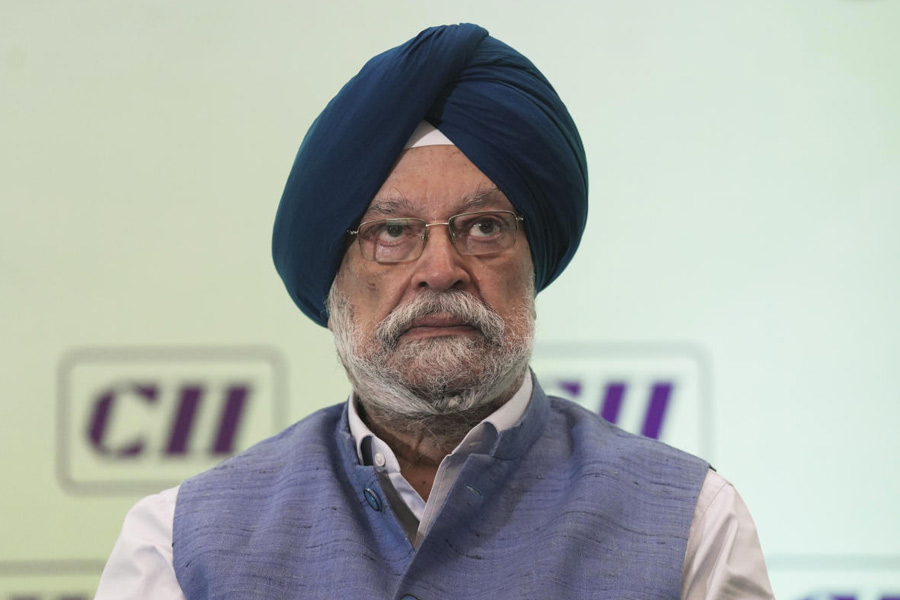India is likely to increase its purchases of US oil and gas after US President Donald Trump’s announcement to maximise oil and gas production.
“There is a possibility of more energy purchase between India and US,” oil minister Hardeep Singh Puri told reporters on the sideline of an event.
“More US energy coming into the market is welcome.”
Refiners in India, which imports over 80 per cent of its oil, have been hit hard by a spike in global oil prices and shipping rates after Washington recently imposed sweeping new sanctions targeting Russian insurers, tankers and oil producers.
In 2023, Russia became India’s largest crude supplier, providing nearly 40 per cent of the country’s oil needs. This was largely driven by significant discounts on Russian crude, which was priced well below the G7-imposed $60 per barrel cap.
However, new US sanctions targeting Russian oil producers, including Gazprom Neft and Surgutneftegas, and restrictions on tankers bypassing Western restrictions threaten to disrupt Russia’s energy exports.
Indian refiners such as Indian Oil Corporation (IOC), Bharat Petroleum Corporation (BPCL), and Hindustan Petroleum Corporation (HPCL) are already seeking alternative oil sources from countries such as Brazil, Guyana and Canada.
On his first day in office, Trump signed an executive order aimed at ramping up oil and gas production by rolling back regulations of the previous administration.
The order comes as part of a broader push to ease extraction barriers and reverse climate-focused policies.
Trump’s administration also declared a national energy emergency, seeking to boost domestic energy output while positioning the US as a key player in global energy markets.
The US Energy Information Administration (EIA) projects crude production will rise at least 1.4–1.5 million barrels per day, further reshaping global supply dynamics. The US is already the world’s largest LNG exporter and continues to increase its presence in global markets.
For India, Trump’s energy expansion could bolster the country’s access to more affordable crude, diversifying its energy sources amid rising oil prices and uncertainty over Russian supplies.
India’s oil supplier network has expanded from 27 to 39 countries over recent years, with more countries expected to enter the fold.
Despite the sanctions, India does not foresee immediate supply shortages, as many vessels are already en route, fulfilling current contracts.
India’s energy import bill has surged, with crude costs averaging $11.1 billion per month in fiscal year 2023-24. As global oil prices rise, tightening supply could lead to further price hikes.
The EIA forecasts Brent crude will average $75 per barrel in 2025, providing India with some leverage in negotiations with West Asian suppliers. Trump’s directive to lift restrictions on US LNG export permits aims to enhance global energy availability.
With inputs from Reuters











